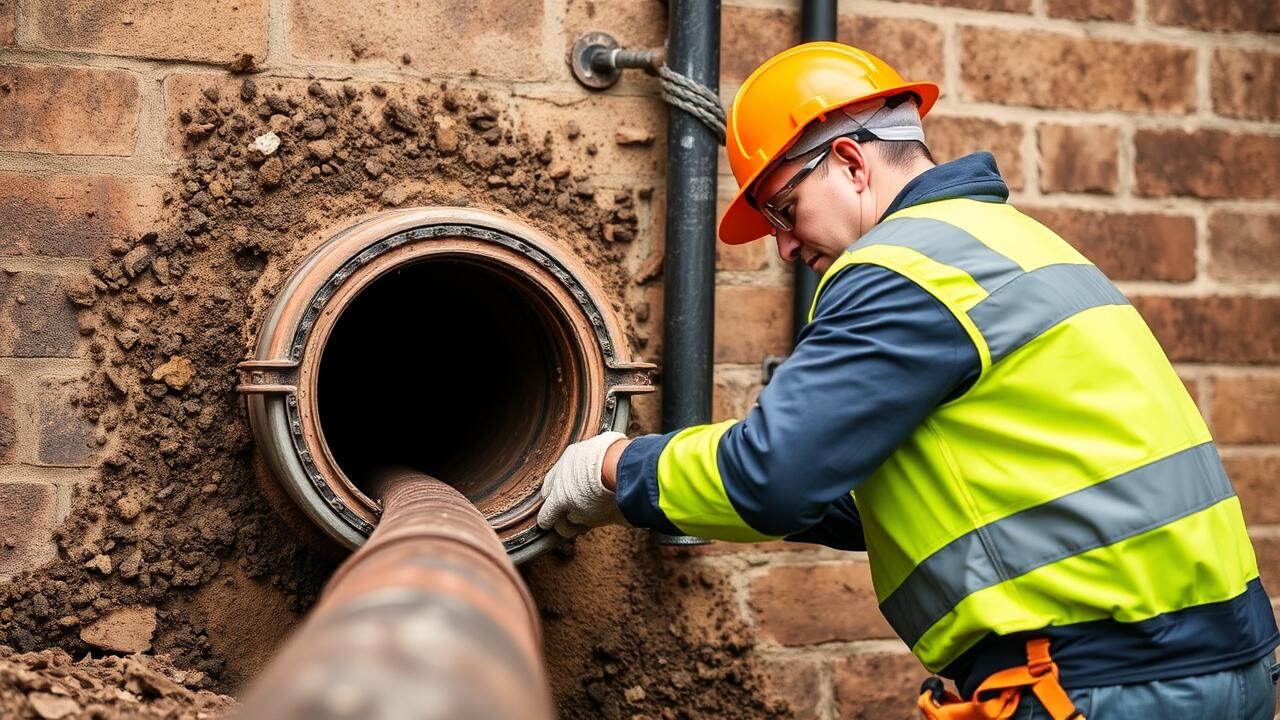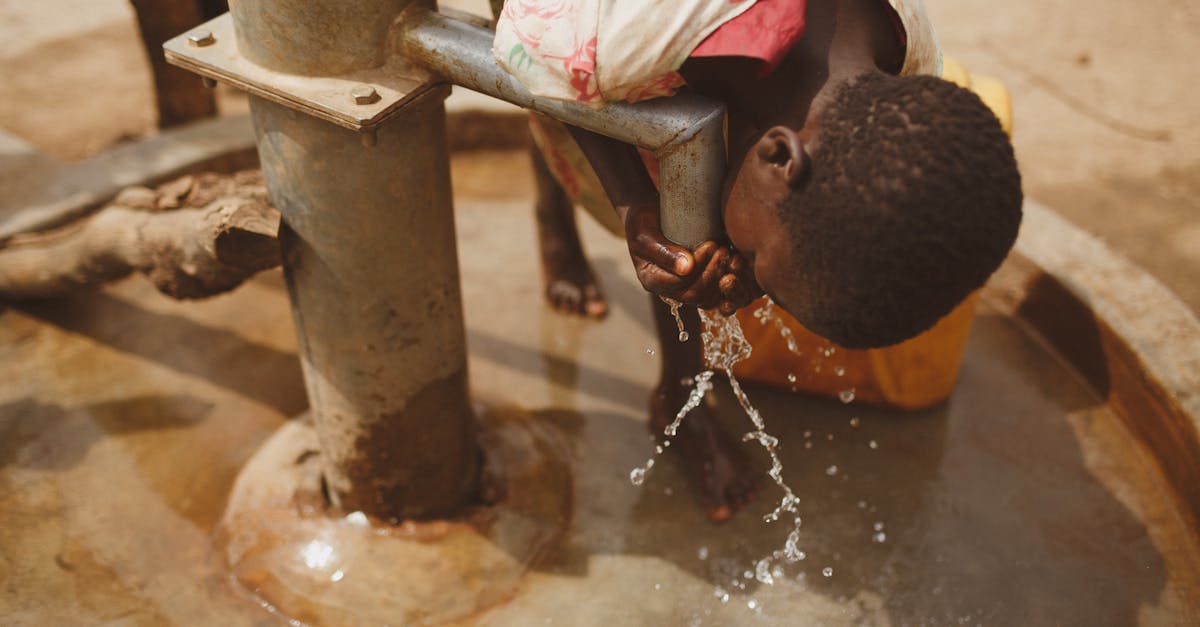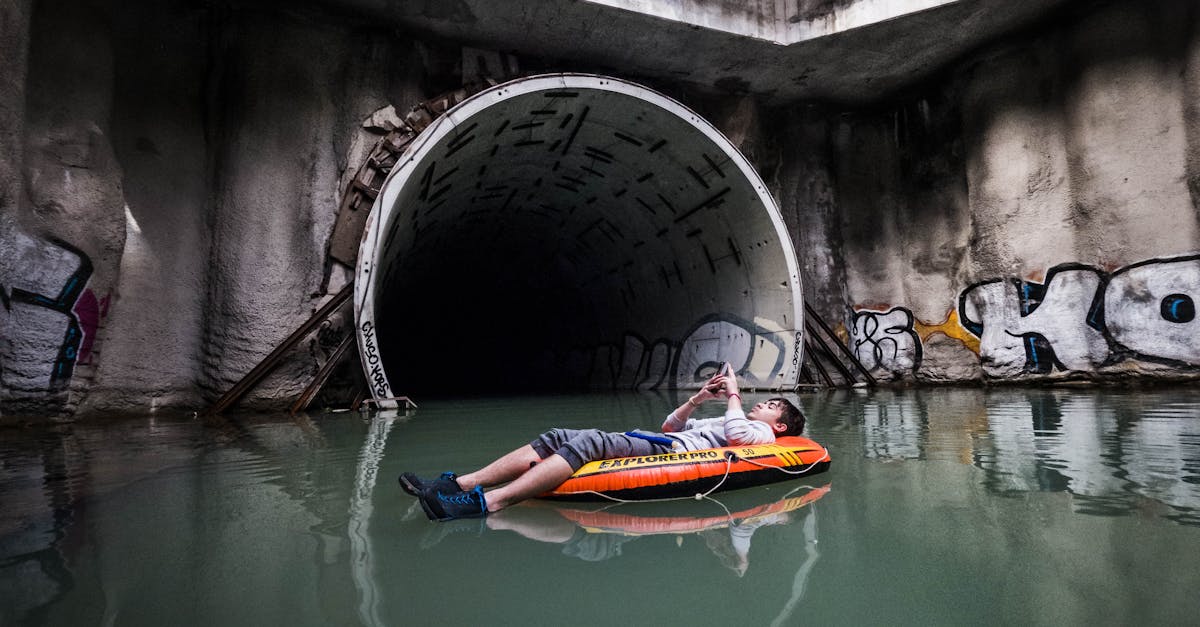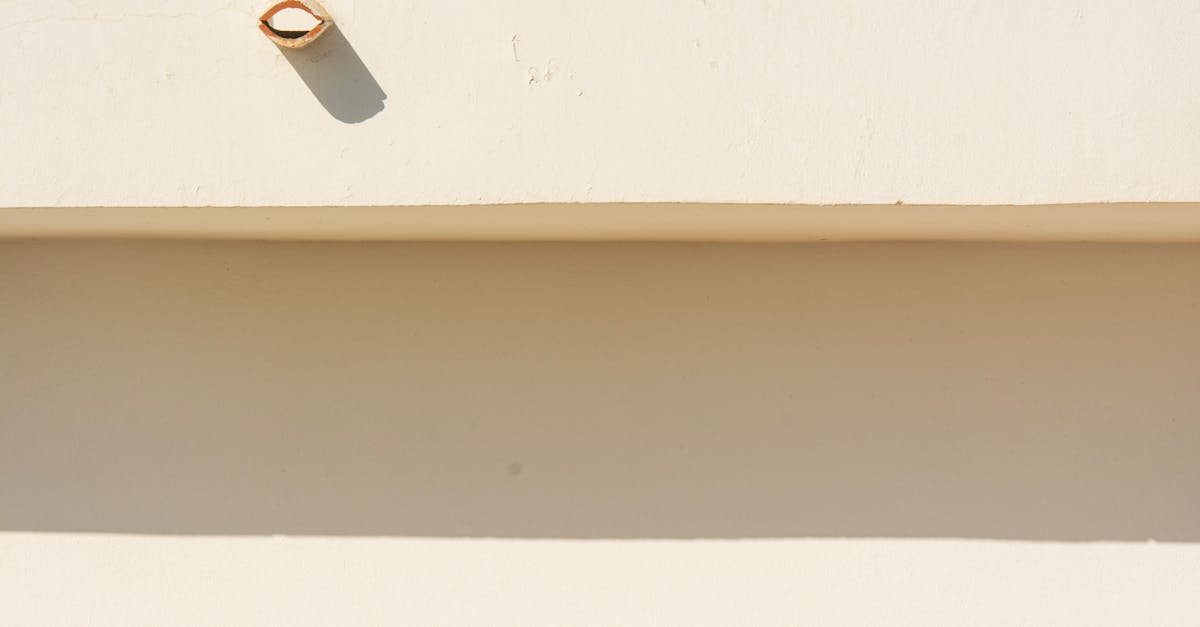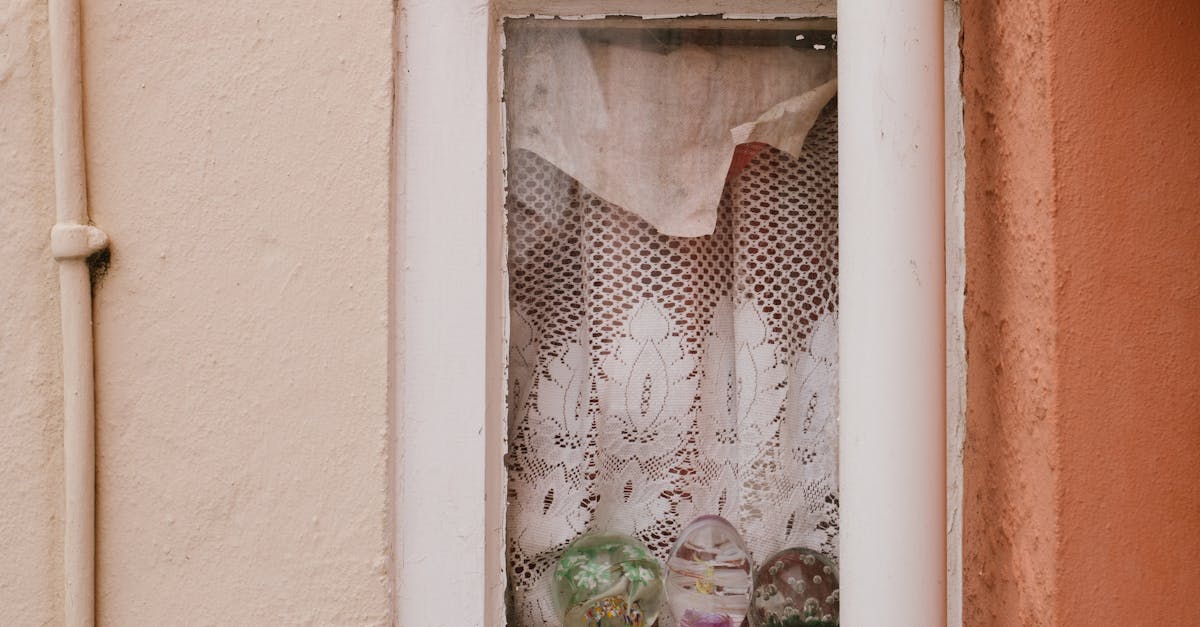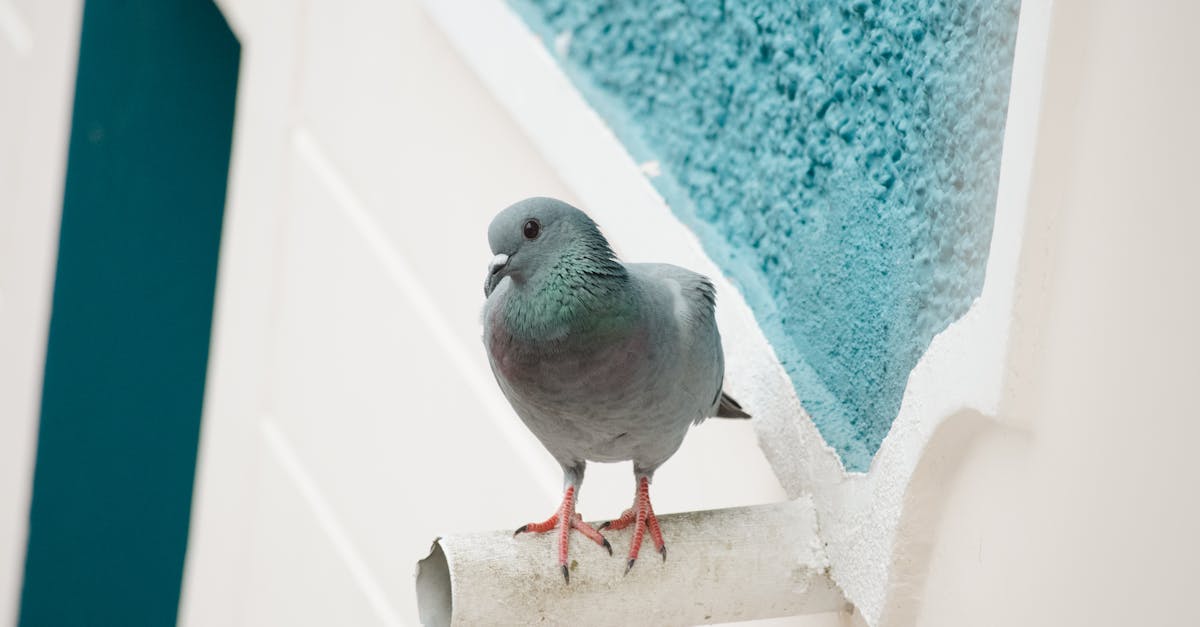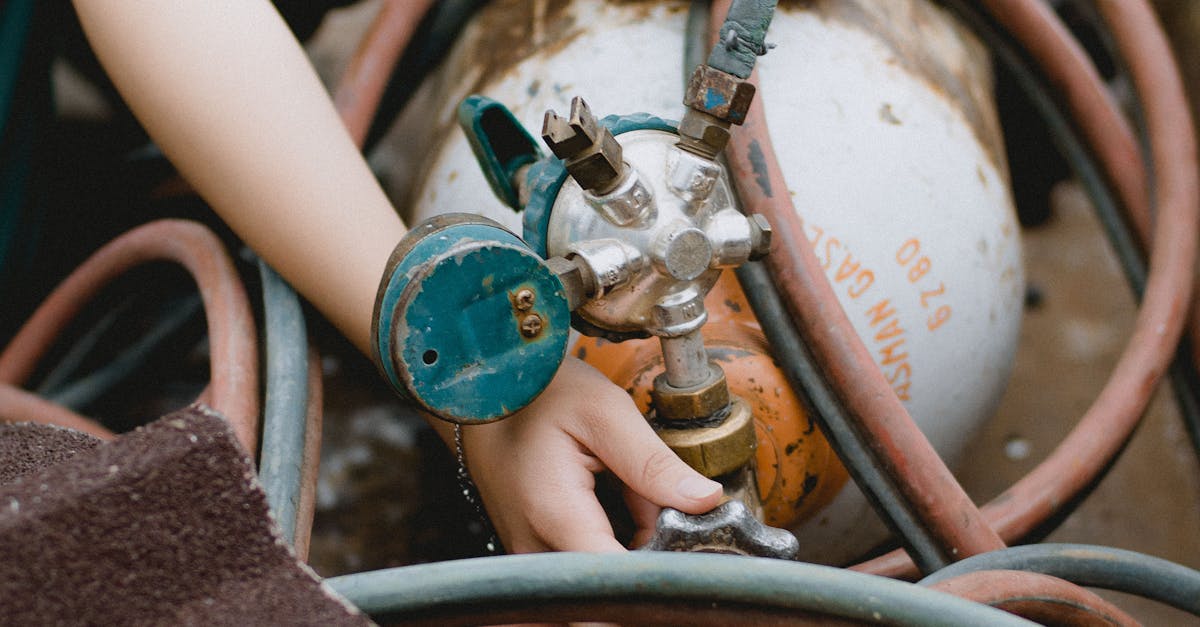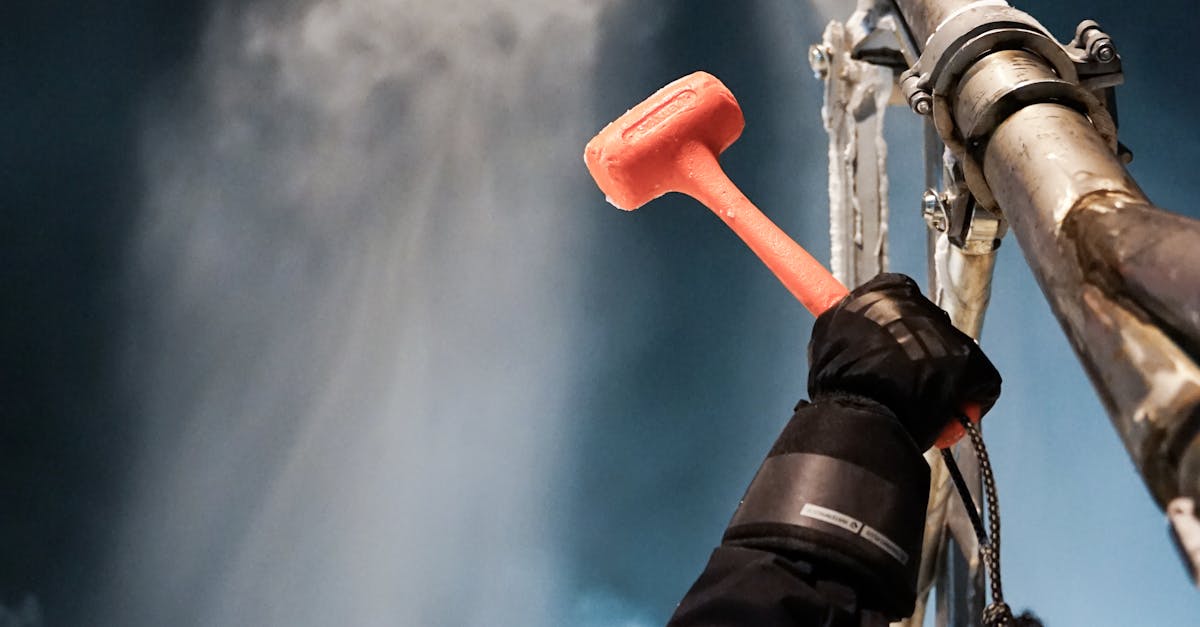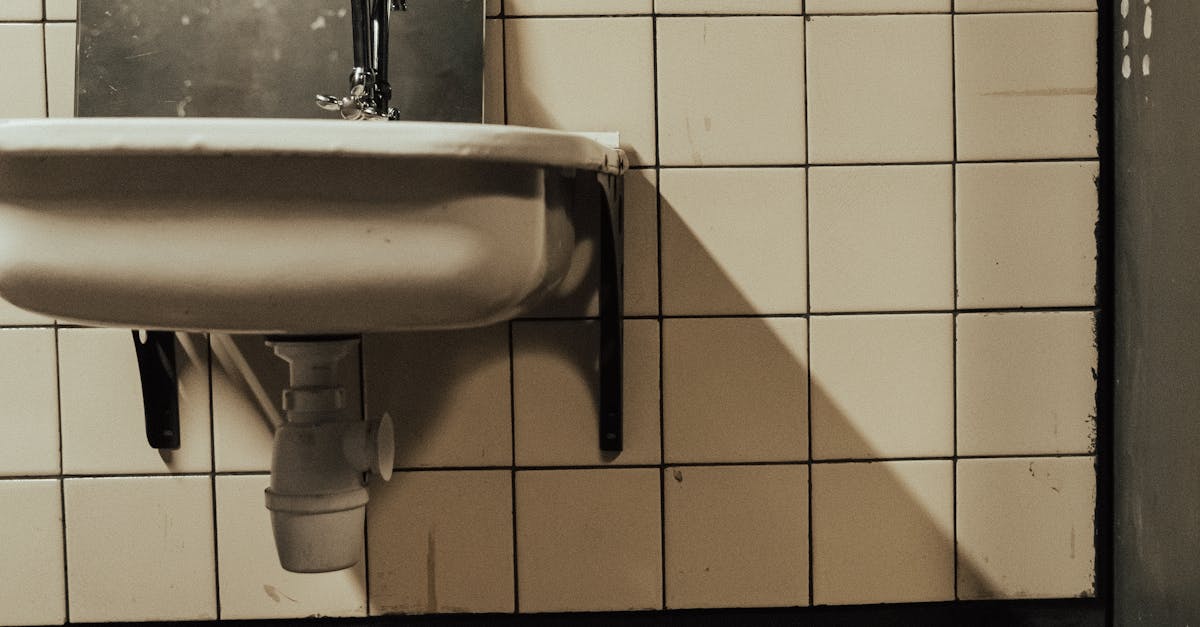
Table Of Contents
Length and Complexity of the Job
The cost of pipe relining can be significantly influenced by the length and complexity of the job at hand. When a pipeline extends over a long distance or follows a convoluted route, the required materials and the time taken for installation increase proportionately. Factors such as bends, junctions, and the existing condition of the pipes also contribute to the overall complexity. Each of these elements requires careful planning to ensure that the relining process is executed efficiently.
Additionally, installation techniques can vary depending on the condition of the existing pipes. If extensive repairs are needed prior to relining, costs can escalate further. In some cases, special equipment may be necessary to navigate tight spaces or to facilitate access to challenging locations. This combination of length and complexity not only affects the financial outlay but also the duration of the project, ultimately making pipe relining a more resource-demanding process than traditional methods.
Measuring the Scale of the Project
When considering the scale of a pipe relining project, several factors come into play that can affect the overall cost. The length of the pipe needing repair plays a significant role. Longer pipelines often entail more extensive preparatory work, as well as additional materials and labour. In addition to the length, the complexity of the existing plumbing system also influences the scale. If the pipes are located in difficult-to-access areas or involve intricate bends and junctions, the project requires more time and specialist equipment, all contributing to a higher price point.
The current condition of the pipes should be evaluated thoroughly before commencing any pipe relining work. Issues like structural damage or blockages can further complicate the project and extend the timeline for completion. Specialists may need to conduct detailed inspections using technology such as CCTV cameras, which adds to initial costs but is essential for accurate assessment. Therefore, understanding the scale of the project ensures an accurate estimate and helps homeowners make informed decisions regarding their plumbing needs.
Comparison with Traditional Pipe Repair Methods
Pipe relining stands out among traditional pipe repair methods due to its innovative approach to fixing damaged pipelines. Unlike conventional techniques that often require extensive excavation and interruption to landscaping, pipe relining involves inserting a resin-coated liner into the existing pipe. This process not only minimises disruption to your property but also significantly reduces labour costs associated with digging up the ground and replacing old pipes.
The upfront costs of pipe relining may appear higher initially when compared to traditional methods. However, the long-term advantages often justify the investment. With a lifespan that can extend over several decades, pipe relining tends to offer more durability and resistance to future damage. Property owners can save on future maintenance and repair expenses, making pipe relining an economically sound option over time.
CostBenefit Analysis of Different Approaches
When analysing the cost-effectiveness of various approaches to pipe repair, the advantages of pipe relining become apparent. Although the initial investment for pipe relining can be higher than traditional repair methods, its longevity and minimal disruption to property often justify the expense. Traditional methods, such as excavation, can lead to significant costs associated with restoring landscaping, pavement, or flooring. This added burden often pushes overall expenses higher compared to the streamlined process of pipe relining.
Pipe relining not only addresses the immediate issues but also mitigates future repair costs, offering a long-term solution. Homeowners can expect reduced maintenance and fewer emergency repairs, which can accumulate exorbitantly over time. Additionally, the warranties typically associated with relining can provide further peace of mind, reinforcing the value of this investment. Ultimately, when weighing current costs against future savings, pipe relining presents a compelling case for property owners facing drainage or sewer line challenges.
LongTerm Benefits of Pipe Relining
Pipe relining offers significant long-term benefits that often justify its initial costs. The process involves creating a new pipe within the existing pipe, which can effectively eliminate the need for invasive excavation. This technique not only minimises disruption to the surrounding environment but also extends the lifespan of the plumbing system by several decades. Over time, the durability of the relined pipe reduces the likelihood of future repairs, making it a cost-effective solution for home and business owners alike.
Investing in pipe relining also leads to improved flow rates and reduced risk of blockages. Traditional methods may repair existing issues but do not necessarily address future complications. With a smooth, jointless surface, relined pipes enhance water flow and minimise the accumulation of debris. This reliability translates into reduced maintenance costs and less frequent need for emergency plumbing services, highlighting the value of the initial investment in pipe relining for long-term peace of mind.
Evaluating Future Savings Against Initial Expenditure
When considering the initial investment in pipe relining, it's essential to weigh this against the potential savings over time. While the upfront costs are typically higher than traditional plumbing methods, the longevity of relined pipes often exceeds that of older systems. This durability means fewer repairs and replacements in the long run, reducing maintenance costs significantly.
Additionally, pipe relining minimizes disruption to properties, limiting the need for extensive excavation. This not only cuts down on associated costs but also preserves landscaping and structures above ground. Homeowners can save on repair work that would arise from digging up lawns or driveways, further solidifying the financial advantages of opting for pipe relining over time.
FAQS
What factors contribute to the cost of pipe relining?
The cost of pipe relining is influenced by several factors including the length and complexity of the job, the current condition of the pipes, and any necessary preparatory work.
How does pipe relining compare to traditional pipe repair methods in terms of cost?
While pipe relining may seem more expensive upfront, it can be more cost-effective in the long run compared to traditional methods, which often involve extensive excavation and disruption.
Are there any long-term benefits to choosing pipe relining despite its initial costs?
Yes, pipe relining offers long-term benefits such as reduced maintenance costs, increased pipe lifespan, and minimised disruption to your property, which can outweigh the initial expenditure.
Can I expect to save money in the future after investing in pipe relining?
Absolutely. While the initial investment may be higher, the durability and reduced likelihood of future repairs can lead to significant savings over time.
Is pipe relining suitable for all types of pipelines?
Pipe relining is generally suitable for most types of pipelines, but the specific conditions and requirements of each project will determine its feasibility. It is best to consult with a professional for an assessment.
